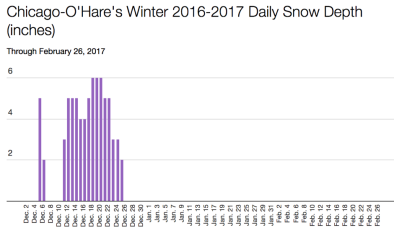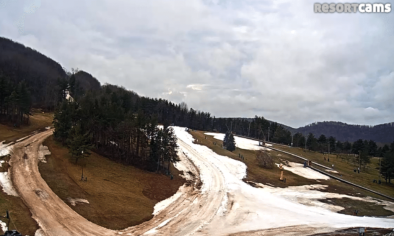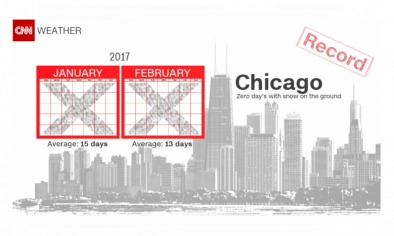Science Source
Changing Northern Hemisphere Snow Seasons
- Examines the spatial and temporal patterns in the onset, offset, and length of the snow season across Northern Hemisphere continents for the period from 1967 to 2008
- States that full snow seasons (FSS) and core snow seasons (CSS) are defined based on the consistency of snow cover within a location over the course of the cold season
- States that, climatologically, the seasonal onsets of FSS and CSS progress more rapidly across the continents than the slower spring northward offset
- Finds that average Northern Hemisphere FSS duration has decreased at a rate of 0.8 week per decade (5.3 days per decade) between the winters of 1972/73 and 2007/08, while there is no significant hemispheric change in CSS duration
- These differences in changes between the FSS and CSS may be associated with the critical relationship between temperature and snowmelt. Thus, during late winter and early spring, the temperature may be just warm enough to lead to melt, while in the winter, even when temperatures are above average, they may still be below freezing.
- Finds that changes in the FSS duration are attributed primarily to a progressively earlier offset, which has advanced poleward at a rate of 5.5 days per decade
- Finds that amajor change in the trends of FSS offset and duration occurred in the late 1980s
- Finds that earlier FSS offsets, ranging from 5 to 25 days, and resultant abbreviated durations are observed in western Europe, central and East Asia, and the mountainous western United Stat
- Results indicate that it is important to pay close attention to spring snowmelt as an indicator of hemispheric climate variability and change
Related Content
Real Time Data

Feb 28, 2017 | NOAA/NWS-Romeoville, IL
Chicago Snow Depth
Headline

Feb 28, 2017 | Washington Post
Mid-Atlantic ski resorts hurting because of lack of winter; Wisp closes weeks early
Headline

Feb 28, 2017 | CNN
Where is the snow?
Science Source
| International Journal of Climatology
Coupled spatiotemporal variability of temperature and spring phenology in the Eastern United States
Liang, Liang, Zhang et al


